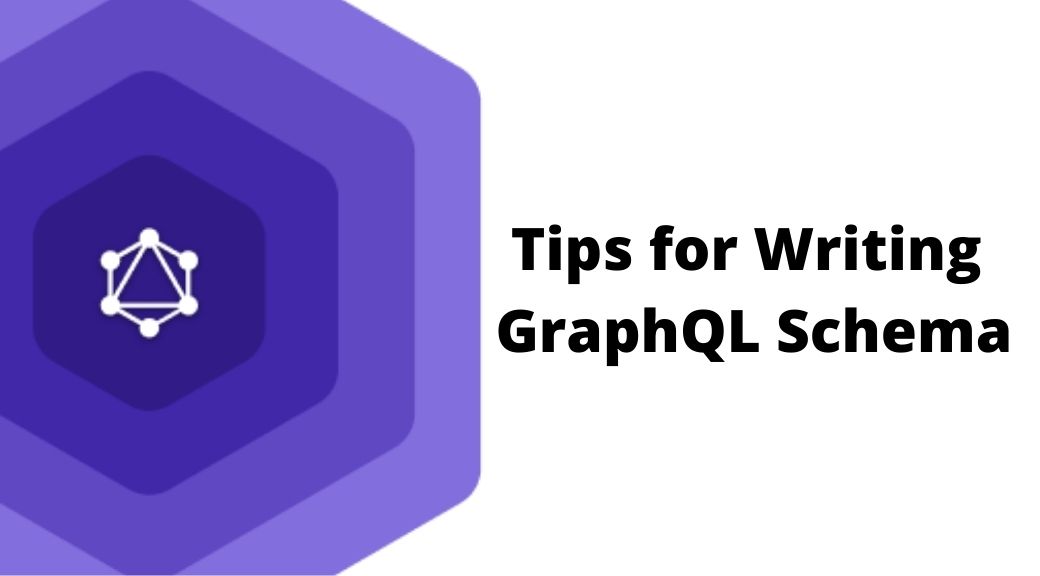Writing GraphQL schema isn’t necessarily difficult, but it does come with a bit of a learning curve. So if you’re just starting out and preparing to write your first schema, it’s a good idea to familiarize yourself with what you’re getting into.
Recommended: An Introduction to CockroachDB as a Promising NewSQL Database

Contents
The Basics of GraphQL
You’ll find GraphQL schema at the core of any GraphQL server implementation. It essentially describes the functionality to any client applications that connect to it. And with the ability to use any programming language to create the schema, there’s tremendous flexibility.
“The GraphQL runtime defines a generic graph-based schema to publish the capabilities of the data service it represents,” TutorialsPoint.com explains. “Client applications can query the schema within its capabilities. This approach decouples clients from servers and allows both to evolve and scale independently.”
This clean definition of data, and description of the relationships between the types and fields that can be queried, is where the real power lies. And it’s this schema that empowers GraphQL to be such a versatile tool. It can query validation tools, auto-complete euqery explorers such as GraphiQL, and be leveraged for code generation and automatic mocking.
But before you can enjoy any of these benefits, you first need to understand how to write GraphQL schema.
4 Tips You Can Use to Write GraphQL Schema
Writing GraphQL schemas is like anything else – it takes time, practice, and lots of repetition. You’ll make mistakes and discoveries. And after a while, it’ll become second nature.
Without getting into much of the technical components, here are some helpful tips you can use to begin the process of writing GraphQL schema.
#1. Make Sure You’re Using it Appropriately
GraphQL can be used in a variety of ways. As previously mentioned, it’s highly versatile. For example, it can be used as:
- A way to manage client-side data
- A reliable alternative to REST for communicating between microservices
- An option for automatically exposing datasource to a client (doing so via schema annotations)
But as many developers well tell you, these may not be the best and most useful ways to use it. When Facebook originally designed GraphQL, it was built with a pretty simple objective: To fetch the exact data that’s needed when a user performs a specific action on a client – and to do so using just a single call. In other words, Facebook wanted to make it simple for clients to retain this ability, even as data needs inevitably evolve over time.
All of that to say this: Make sure you’re clear on why you’re wanting to use GraphQL. If you’re not interested in an efficient and flexible option for fetching specific data at a precise point in time, then maybe there’s an alternative you could use. But if this is what you’re seeking, rest assured you’re hot on the trail!
#2. Understand the Terminology
GraphQL has its own unique language – and you have to be careful not to make too many assumptions. Some of the various constructs might sound familiar to your ears, but they don’t always mean precisely what you think they should. Don’t try to fumble your way through GraphQL – you’ll get frustrated rather quickly. Instead, take the time to learn the terminology and familiarize yourself with the basics before attempting more complex steps.
#3. Use the Right Tools
It’s imperative that you use the right tools (especially when you’re so new to writing GraphQL schema). You’ll have to select the appropriate ones for the specific application you need, but Dgraph is an excellent option for building GraphQL apps. Check out this GraphQL tutorial to get an idea of how it works.
#4. Don’t Worry About Versioning
One of the first things to know is that there isn’t really any versioning with GraphQL.
“While there’s nothing that prevents a GraphQL service from being versioned just like any other REST API, GraphQL takes a strong opinion on avoiding versioning by providing the tools for the continuous evolution of a GraphQL schema,” the official website explains.
So with that being said, you don’t need to worry about any of the typical issues that arise with versioning. Just stay focused.
Don’t Rush the Learning Curve
You won’t become a GraphQL schema whiz kid overnight. It’s going to take some time to get a firm grip. The key is to embrace the challenge and take your lumps. Avoid rushing the learning curve and benefit from the discipline required to learn it from the inside out. You’ll be better for it in the long run.
Related Post:
